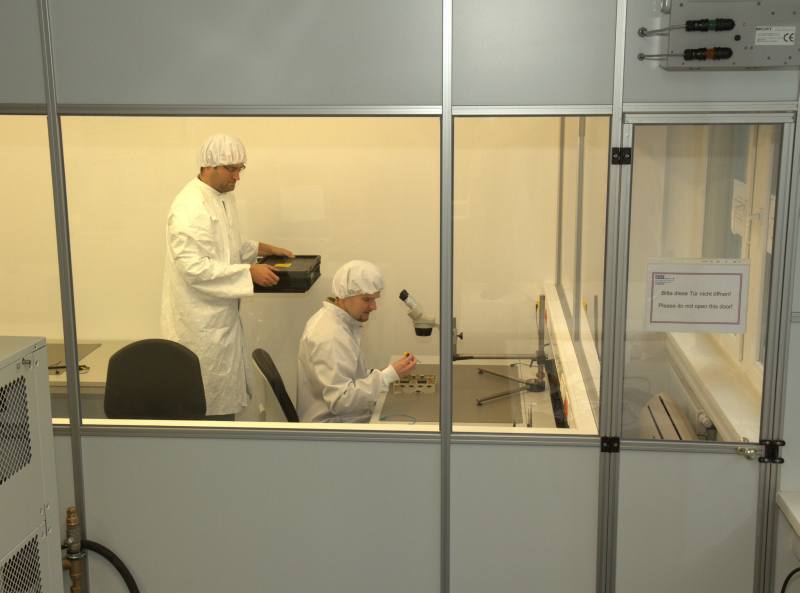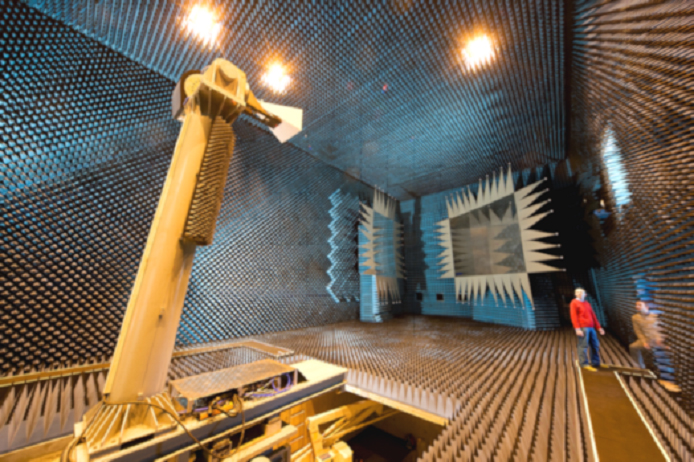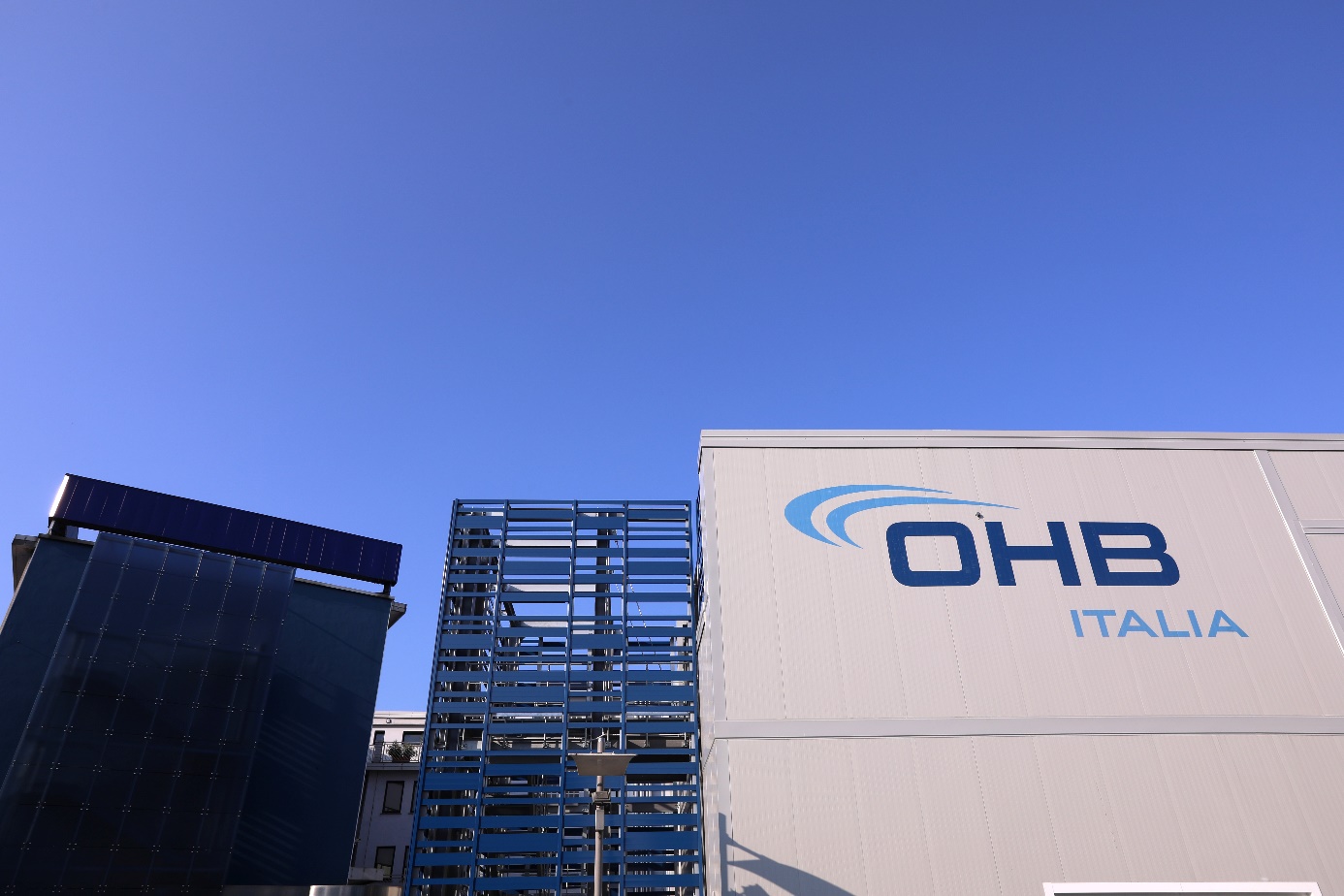The S4PRO Partners
The S4Pro consortium comprises 7 partners from 3 European countries and one from an associated country (Tunisia). Partner organisations include 3 SMEs (DSI, QAS and ARTTIC), a technology transfer organisation (iTUBS), a research institution (DLR), a large European LSI (OHB-I) and a university (ENIT).
iTUBS
Partner presentation
iTUBS is a spin-off off the Technical University of Braunschweig and strongly connected with it. The TU Braunschweig still holds 40% of the shares of iTUBS the other 60% are held by the local University Association (Braunschweigischer Hochschulbund). The main purpose of iTUBS is to establish industry contacts for the TU Braunschweig and help transferring knowledge and technology between industry and scientific institutes. Thus, Institutes of the TU Braunschweig are able to offer their resources to industrial partners.
TU Braunschweig is the oldest institute of technology in Germany: the cornerstone of this modern university was already laid in the year 1745 with the Collegium Carolinum. The computer science at TUBS has a long tradition. As one of the first universities in Germany, TUBS set up computer science courses as early as in 1972.
Its classic main areas are theoretical, practical, technical and applied computer science. In addition, the study of computer science at TUBS offers a wide range of modern applications-oriented sub-areas of computer science, which extends from the computer graphics on embedded systems and computer science to medicine to robotics and ubiquitous computing (ubiquitous information technology).
The Chair of Chip Design for Embedded Systems at TUBS (iTUBS), led by Prof. Dr.-Ing. Mladen Berekovic, has vast experience in embedded multi-core systems design, processor architecture and reconfigurable processors for DSP applications (Video, Wireless, Security), low-power architectures, mobile robotics and reliable multi-processor systems design. A special focus is placed on advanced hardware accelerator design and software mapping techniques for multi-processor systems.
Role in S4Pro
iTUBS will be the coordinator of the project and lead as such WP7 Project Management. Furthermore, iTUBS will be responsible for WP3. iTUBS will contribute to WP1, WP2, WP4, WP5 and WP6. In WP1 iTUBS will provide input to overall system requirements and more specifically on-board management SW and mass memory storage module. iTUBS will lead activities related Processing system SW and performance benchmarks and deliver specifications for and implement the management SW and the self-optimising SW libraries. Within WP3, iTUBS will also perform the hardware software integration. In addition iTUBS will contribute to the validation plan elaboration and SW and mass storage validation activities. As a technology transfer operator iTUBS will play a key role for dissemination, communication and exploitation of activities by publishing scientific papers, participating to events and performing technology transfer.

Innovationsgesellschaft Technische Universitat Braunschweig Mbh
Wilhelmsgarten 3, 38100 Braunschweig, Germany
DSI
Partner presentation
DSI Aerospace Technologie GmbH is a SME located in Bremen, Germany which provides high-speed electronics for airborne and space applications. The fields of activity are dedicated to the engineering and development of solutions for computers, information technologies, control systems and advanced communication systems. DSI-AS is specialized in designing digital systems, which provide significant resource requirement savings in terms of power consumption, mass and volume. At the same time, our integrated approach provides significant increases in processing power as well as in reliability due to the usage of the newest, qualified FPGAs and ASICs.
DSI-AS is ISO 9001:2008 certified and has been developing airborne and space-based designs since 1997 and currently employs engineers for electronics, software, project management and product assurance.
Our end customers are for example ESA, DLR, Airbus, Thales Alenia Space, OHB, RUAG Space and others in projects like KOMPSAT II, SAR-Lupe, SatcomBW, TET, PROBA V, EuroHawk, GökTürk, EnMAP, Galileo, ExoMars, SARah, EDRS, MetOp-SG, JUICE, Biomass, KOMPSAT-7, and PLATO.
With more than 45 failure-free years in orbit, our equipment provides the appropriate reliability at a fair price. We design and develop your electronic equipment – either as a turn-key solution or using a cooperative development approach.
Role in S4Pro
The key contribution of DSI-AS to the S4Pro project is the design and development of a cPCI-SS Mass Memory Module to support high data rate and high storage capacity requirements in a compact, modular unit. The cPCI-MMM utilizes new technologies including an RTG4 FPGA and DDR3-SDRAM alongside modern interfaces with PCIe, WizardLink, SpW and Ethernet to operate up to 6 Gbps with 4 Tbit of storage capacity. In addition, DSI-AS is delivering a system controller based on the new LEON4 CPU, with software controlling the S4Pro systems and a communications system to provide high speed data downlink.
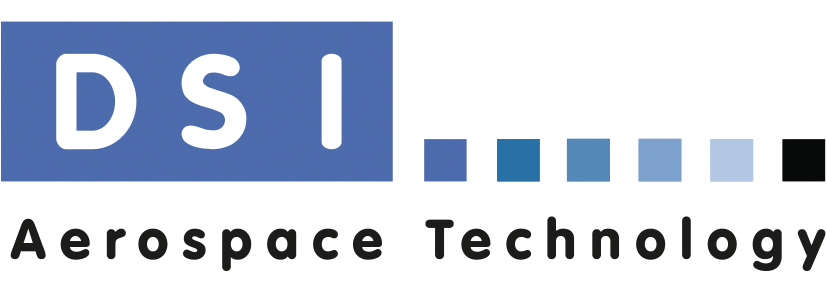
DSI AEROSPACE TECHNOLOGIE GMBH
Otto-Lilienthal-str. 1, 28199 Bremen, Germany
DLR Microwaves and Radar Institute
Partner presentation
The German Aerospace Center (German: Deutsches Zentrum für Luft- und Raumfahrt e.V.), abbreviated DLR, is the national center for aerospace, energy and transportation research of the Federal Republic of Germany. The DLR is engaged in a wide range of research and development projects in national and international partnerships. In addition to conducting its own research projects, DLR also acts as the German space and project management agency.
For more than 30 years, the Microwaves and Radar Institute (German: Institut für Hochfrequenztechnik und Radarsysteme HR), led by Prof. Dr.-Ing. Alberto Moreira, has been active in the field of microwave remote sensing. It is internationally recognized for its leading role in SAR system design, operation and data processing with expertise in air- and space-borne SAR interferometry and polarimetry, innovative SAR acquisition modes and information extraction techniques. The Institute‘s strength is the execution of long-term research programmes with applications in remote sensing, traffic monitoring and, last but not least, reconnaissance and security. In 2003, DLR-HR proposed the TanDEM-X mission, which, in 2010, became the first spaceborne bistatic and the first operational close formation flying radar system in space. Within its SAR technology department the Institute builds and operates innovative airborne SAR systems used to demonstrate and develop new SAR applications for future SAR missions. These are investigated within the Radar Concepts and SAR Satellite Systems department, which also proposed the Tandem-L mission proposal, a German national radar mission in L-band. Currently, the institute is involved in several ESA projects supporting most of the upcoming SAR mission, both within the EC-Copernicus programme and in the frame of Earth Explorers.
Role in S4Pro
As part of the project consortium, DLR-HR is responsible for the collection of the on-board payload processing requirements. It performs the analysis of SAR instrument based EO mission alternatives and their corresponding on-board data processing algorithm requirements, addressing in particular their optimization. Algorithmic development and optimization will be performed for high resolution wide-swath (HRWS) on-board SAR systems operating in staggered SAR mode or with the FScan principle, supporting next generation SAR missions of ESA and German national programs. DLR-HR will support the efficient implementation and benchmark of the selected SAR algorithms for operation on the S4Pro processing system and the S4Pro full processing chain integration and the validation activities.
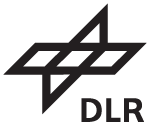
DEUTSCHES ZENTRUM FUER LUFT – UND RAUMFAHRT E.V. Microwaves and Radar Institute
Münchener Str. 20, 82234 Wessling – Oberpfaffenhofen, Germany
OHB-I
Partner presentation
OHB Italia SpA (OHB-I) is a leading company in Italy in the field of space systems design, development and integration. The company is part of OHB SE, a European Space and Technology group that currently employs over 2,400 people in two Business Units: “Space Systems” and “Aerospace & Industrial Products”. OHB-I core business is the design, development and integration of small satellites, space infrastructures and payloads for scientific and application missions, as well as ground systems for satellites and launchers. The company, founded in 1981, has been on the aerospace market for over 30 years and it has its headquarters in Milan, as well as centres of excellence over several sites in Italy. Thanks to consolidated technical expertise, advanced technologies and highly qualified human resources (the company employs about 200 qualified engineers and researchers), OHB-I acts as prime contractor at systems level and as supplier of subsystems, instruments and equipment for both on-board and on-ground segments. The company operates on both the institutional and commercial markets and works in close cooperation with space agencies, research institutes and large industrial groups.
In over 30 years of activity, OHB-I has developed the competence for managing the complete life-cycle of satellite missions ranging from 10 to 1000 Kg. Moreover, OHB-I has a strong expertise in remote sensing services developing solutions for the exploitation of data coming from Earth Observation (EO) satellites.
The company’s main fields of activities are:
- EO services for remote sensing data exploitation;
- Scientific Payloads;
- Satellites for scientific and application missions;
- International Space Station facilities and payloads;
- Space vehicles and Exploration;
- Ground Segment and Ground Stations.
OHB-I is also actively supporting OHB in the Galileo and SmallGeo satellite development.
Role in S4Pro
OHB-I will lead WP1 and the activities related to the collection and validation of user needs in terms of application scenarios and processing chain requirements. OHB-I will also lead the activities related to the Optical Earth Observation instrument analysis and the optimization of the algorithms for the Optical EO case. In addition to this, OHB-I will be also involved in the system (hardware and software) validation, integration and demonstration in a relevant environment. Moreover, OHB-I will participate in the benchmark activities and the tasks devoted to technical WP management, being a WP leader, as well as participating in the dissemination activities.

OHB ITALIA SPA
VIA GALLARATE 150, 20151 Milano, Italy
QASCOM
Partner presentation
Qascom is an engineering company offering security solutions in satellite navigation and space cybersecurity.
Started in 2004 by three young engineers with self-financing, Qascom competences have grown steadily in the years, positioning itself as one of the European key players in GNSS authentication and security.
Qascom is committed to grow its worldwide leadership in GNSS authentication and it heavily invests in research and innovation.
Its success is based on a powerful combination of talented employees, solutions and support that exceeds the customers’ expectations.
Qascom covers 100% of GNSS security needs for assessing the risks, performing security test campaigns, analysing the results, implementing the security strategies as well as the detection and mitigation systems.
Qascom has developed a set of products for GNSS signal simulation, satellite vulnerability assessment, interference simulation.
We offer engineering services in the domain of satellite navigation, authentication, robust PNT, cryptography, space cyber intelligence, interference geolocation for ground or space assets.
Role in S4Pro
Qascom will Define requirements for Navigation and Communication related Processing. Perform an analysis of related processing alternatives, optimise algorithms and optionally hardware acceleration. Furthermore, the Qascom team will design, manufacture, assemble and integrate HW for the navigation and communication systems, as well as contribute to their evaluation.
QASCOM SRL
Via O Marinali 87, 36061 Bassano Del Grappa VI, Italy
ARTTIC
Partner presentation
ARTTIC assists clients from all business and research sectors, small and large, private and public, to ensure the success of their collaborative research & innovation ventures. During close to 32 years of success, ARTTIC developed and demonstrated expertise in the set-up and management of to date 400 large-scale ambitious projects of which 96 were successful under H2020 calls. Based on its long-standing experience in a range of funding programmes across scientific and technological domains, ARTTIC helps clients to move from strategic plans to effective competitive research and development of innovative solutions, resulting in successful applications and businesses. ARTTIC is a company of the PNO Consultants group, the European leader for consultancy in innovation and funding.
ARTTIC provides specific and practical help with all aspects of international R&D projects, taking charge of all management aspects of running projects and helping to disseminate and exploit project results successfully.
ARTTIC has a track record of more than 30 years in the management of international R&D collaboration projects in various scientific and technical domains, including more than 300 large RTD projects and networks during previous framework programmes. ARTTIC staff has extensive experience and knowledge in various R&D fields, including in space and transport research.
Role in S4Pro
ARTTIC will lead WP6 Sustainable impact through dissemination, communication and business modelling, including management of the interactions with the S4Pro Advisory board.
Within WP1 and WP3 ARTTIC will collect, compile and formalise requirements and specifications. Within WP5 ARTTIC will support the comparison and verification between specification documents and initial requirements.
ARTTIC will also perform relevant communication and dissemination activities, contributing to the technology transfer towards other industries.
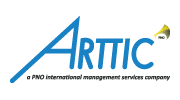
ARTTIC S.A.S.
58A rue du Dessous des Berges, 75013 Paris, France
ENIT
Partner presentation
ENIT, established in 1968, is one of the oldest and the most important Engineering School in Tunisia. It has 7 departments covering a large spectrum of engineering activities, including industrial, mechanical, civil, electrical, ICT engineering, as well as applied mathematics.
ENIT is a part the Tunis El Manar University (UTM), that is multidisciplinary, including all kinds of faculties (Computer Science, Engineering, natural Sciences, Medical Sciences, Economy and Management, Human Sciences).
The ENIT works closely together with all the UTM faculties, as well as other Universities in Tunisia and abroad. Through the UTM, the ENIT has an MOU with the TU Braunschweig since 2013 that allows various and beneficial academic exchanges. Supported by national and international Programs like Erasmus+ and H2020, the ENIT has a relatively high quote in the common research programs and the mobility of students, PhD students, Postdocs, Professors and Academic Stuff.
The LR-SITI Lab is one of the most reputed Labs in Tunisia, including well organized groups, that have till now attracted many important academic and industrial partners. All the actions within the S4Pro will lay on these groups in cooperation with the other concerned groups from ENIT and, if necessary with the support from members of the LR-SITI from other specialized faculties in Tunisia.
Involved departments: Electrical Engineering, Computer Science, Telecom Engineering and Industrial Engineering. In addition, support may be given by the other departments.
Role in S4Pro
The ENIT will bring its knowledge in the following fields :
- Signal Processing, Pattern Recognition, Data processing and implementations on some for Signal Processing interesting cards, such as SOM and FPGA.
- Image processing and enhancement
- Image analysis, including SAR image processing.
- Pattern Recognition.
- The use of SOM cards and FPGS for the implementations of data and programs for image, speech or text recognition.
- Video processing: video encoding using wavelets and DCT to enhance the JPEG norm; enhancement of coded videos through special processing of the movement vector. The work led to results that can concurrence the H264 norm.
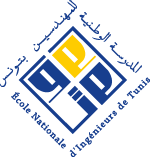
ECOLE NATIONALE D’INGENIEURS DE TUNIS
Campus Universitaire El Manar, 1002 Tunis, Tunisia



